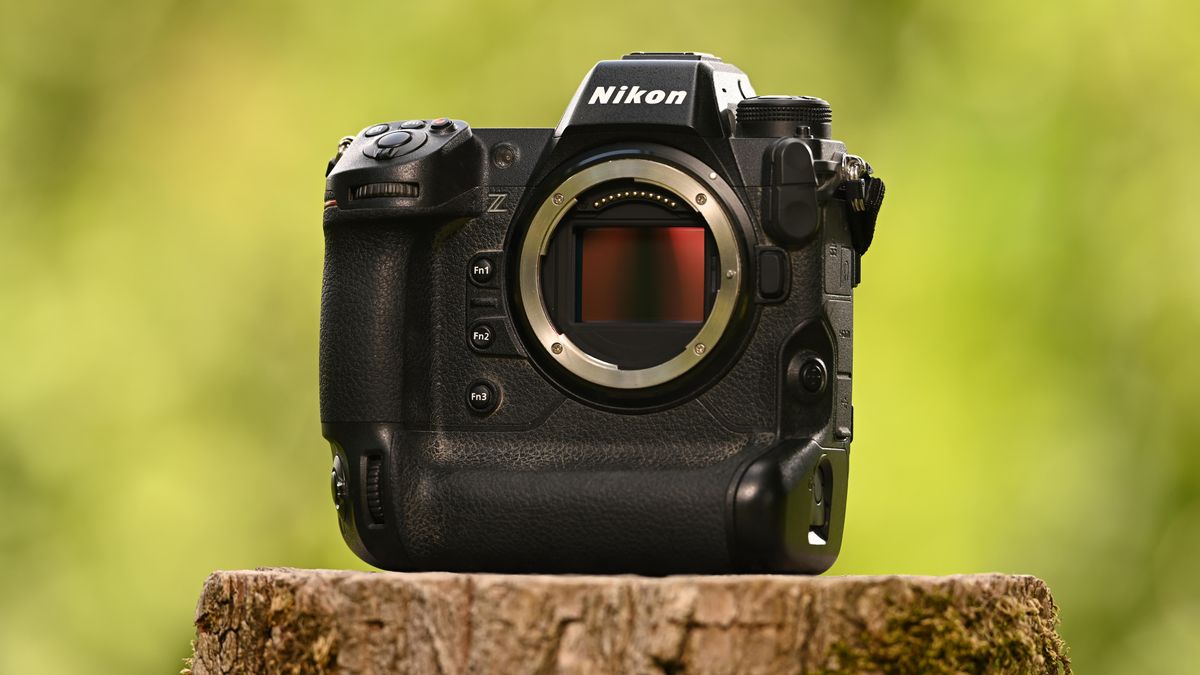- Messages
- 170
- Edit My Images
- Yes
Hi all. First post here. Long time Nikon DSLR user (D50 -> D2H -> D300 -> D7100 + F80).
I've been out of the loop for a few years due to family life. I'm on the cusp of moving to Nikon mirrorless setup: Z6 ii & 24-70 f/4.
I'll almost certainly go for second hand gear, which I've had good luck with in the past. In the DSLR world cameras have a shutter life specification, 200,000 shots, say. Is there an equivalent in the mirrorless world? Should I be concerned if one camera has 100,000 shots vs one that 2,000? Or are there other factors that I should be looking in to that differ from the DSLR world?
Thanks
I've been out of the loop for a few years due to family life. I'm on the cusp of moving to Nikon mirrorless setup: Z6 ii & 24-70 f/4.
I'll almost certainly go for second hand gear, which I've had good luck with in the past. In the DSLR world cameras have a shutter life specification, 200,000 shots, say. Is there an equivalent in the mirrorless world? Should I be concerned if one camera has 100,000 shots vs one that 2,000? Or are there other factors that I should be looking in to that differ from the DSLR world?
Thanks



